Key Points
- A forbearance allows you to skip mortgage payments, but the past due amount accumulates as unpaid balances.
- When the forbearance ends, you must complete a workout option with your lender if you plan to remain in the home.
- Failing to follow up after the forbearance could put your home at risk of foreclosure.

Like millions of Americans, you faced financial hardship in 2020 and took advantage of the easy forbearance options offered through the CARES Act. As you come to the end of your payment holiday, it is time to decide how you will handle the payments you missed.
In 2020, the average mortgage was $1,275 a month for a 30-year loan and $1,751 for a 15 year. Over a 12-month forbearance, that adds up to $15,300 and $21,012, respectively. Add potentially six more missed payments to that total, and you could have over $30,000 in past due balances.
When you cannot make the regular monthly payment, it is unlikely that you can produce a lump sum payment to bring the account current. Aside from immediately catching up on your delinquent balances, there are four primary options you can choose when your forbearance ends.
Enroll in a repayment plan that spreads your missed payments over 12-months. You will pay your regular monthly payment plus a portion of the past due balance until you bring the account current. Increasing your monthly mortgage payment would be the best option if you only missed a few payments and you have the financial means to pay the higher monthly amount for the following year.
Defer the past due amount to the end of the loan. With this option, you resume your monthly payments and add the past due balance to the loan’s end. Your lender could require you to catch up on missed escrow payments over the next year, but the increase would be significantly lower than the first option.
When you add past due amounts to the end of the loan, the loan term does not change, creating a balloon payment when the loan matures. Selling or refinancing your mortgage before the loan term ends would prevent owing a large amount at the loan’s maturity.
The key benefit to a deferral is that you can resume your monthly payments without needing to immediately catch up with the account. The past due amount becomes non-interest-bearing, saving you money on interest charges. The biggest downside is that you will most likely see a temporary increase in your payment as you bring the deferred escrow current.
Modify the loan. If resuming payments would create a continued financial hardship, you might qualify for a loan modification. When you modify a loan, the lender can change the loan type (variable to fixed-rate), adjust the interest rate, and extend the term to 40 years. Each of these measures could lower your monthly payment without refinancing the loan. In a modification, the missed principal, interest, and escrow payments roll into the loan under the new terms, avoiding a higher monthly payment or needing cash to close.
Sell your home. If you cannot qualify for a loan modification and the other payment options do not work for you, you might have to sell your house to avoid foreclosure. There is a robust real estate market in most parts of the country in 2021, which could enable you to sell for more than you owe, alleviating you from your overbearing mortgage.
